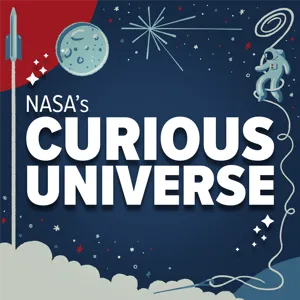Bonjour à tous et bienvenue sur le ZD Tech, le podcast quotidien de la rédaction de ZDNet. Je m’appelle Pierre Benhamou et aujourd’hui, je vais vous expliquer pourquoi la question du nettoyage de l’espace n’a jamais été autant d’actualité du côté des grands acteurs de la conquête spatiale.
En novembre 2020, l’Agence spatiale européenne signait un contrat pour le moins insolite avec la société ClearSpace. Au terme de cet accord, charge était donnée à l’entreprise suisse de nettoyer l’orbite de notre planète, à l’aide d’engins équipés de pinces conçues pour saisir les débris spatiaux. Si cette information aurait pu il y a encore quelques années passer pour de la science-fiction, ce n’est désormais plus le cas. Il faut dire que la question de l’amoncellement de débris spatiaux dérivant dans l’orbite de notre planète vire désormais au casse-tête pour les acteurs de l’aventure spatiale.
En 2021, l’Agence spatiale européenne chiffrait à 30 000 les débris dérivant dans notre orbite, un nombre en constante augmentation depuis le début de l’ère spatiale. Le bazar est si prégnant qu’on estime même qu’en moyenne 12 collisions ont lieu chaque année au-dessus de nos têtes. Malgré le danger, des acteurs comme SpaceX, Virgin Galactic ou Blue Origin redoublent d’efforts pour envoyer toujours plus de touristes et de constellations de mini-satellites en orbite, augmentant d’autant les risques de collision.
Mais alors à quoi – ou plutôt à qui – doit-on cette accumulation de débris spatiaux dans l’orbite de notre planète ?
Selon Holger Krag, chef du programme de sécurité spatiale au sein de l’Agence spatiale européenne, « les explosions en orbite sont le plus grand contributeur actuel au problème des débris spatiaux ». Si celles-ci sont bien souvent accidentelles, c’est loin d’être toujours le cas.
Un exemple nous en a été livré en fin d’année dernière, lorsque la Russie de Vladimir Poutine a procédé à un test de missile contre l’un de ses anciens satellites encore en orbite, occasionnant de fait un nuage de débris mettant en danger l’équipage de la station spatiale internationale.
De nombreux pays semblent toutefois avoir pris la mesure du problème et s’engagent aujourd’hui sur le chemin d’une interdiction des essais de missiles en altitude. C’est le cas des Etats-Unis, qui se sont engagés à la mi-avril à stopper ces pratiques. La position américaine devrait, selon la Maison blanche, pousser d'autres pays à faire de même afin d'établir une « nouvelle norme internationale pour un comportement responsable dans l'espace ». De quoi faire vivre l’espoir d’une orbite bientôt débarrassée d’une partie de nos déchets spatiaux.








